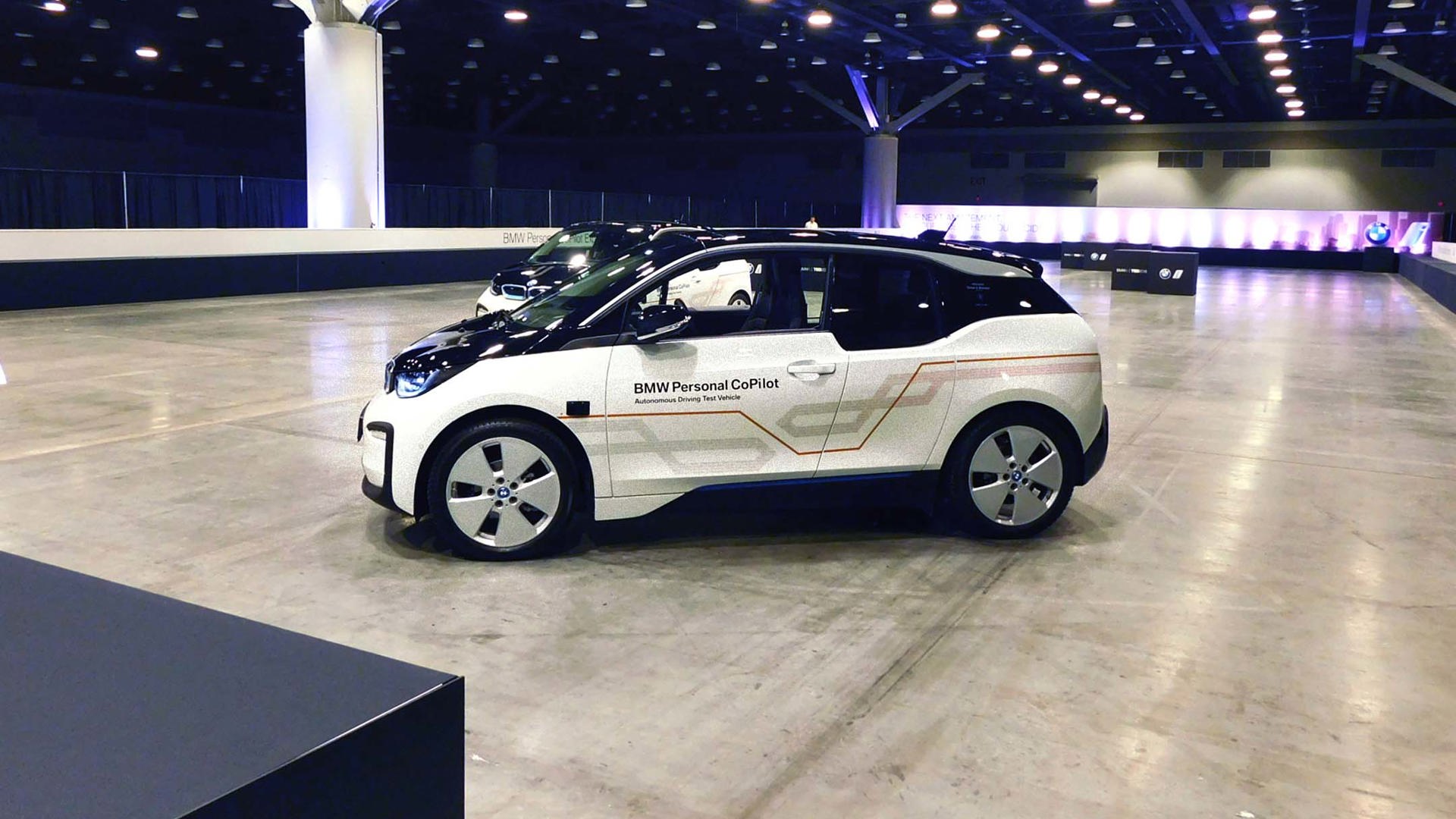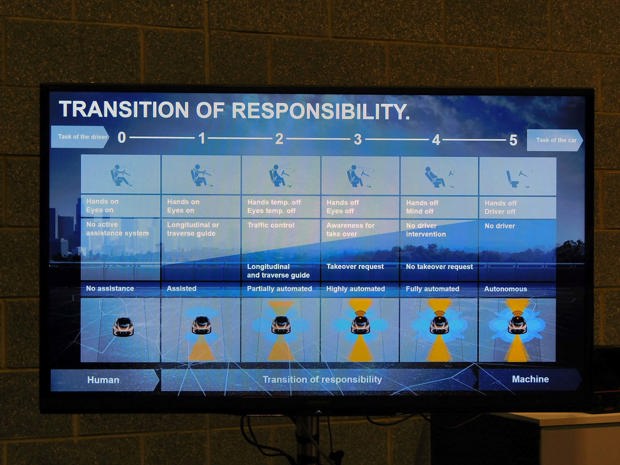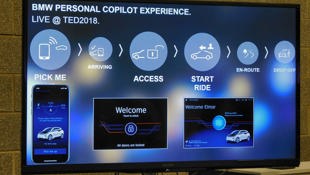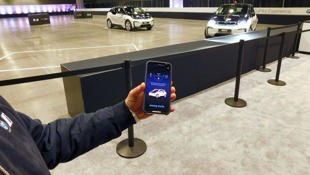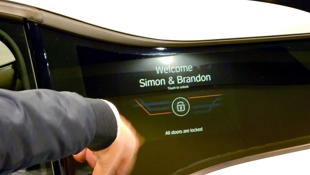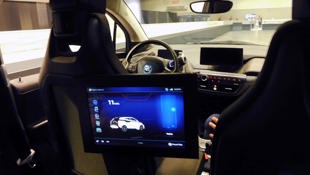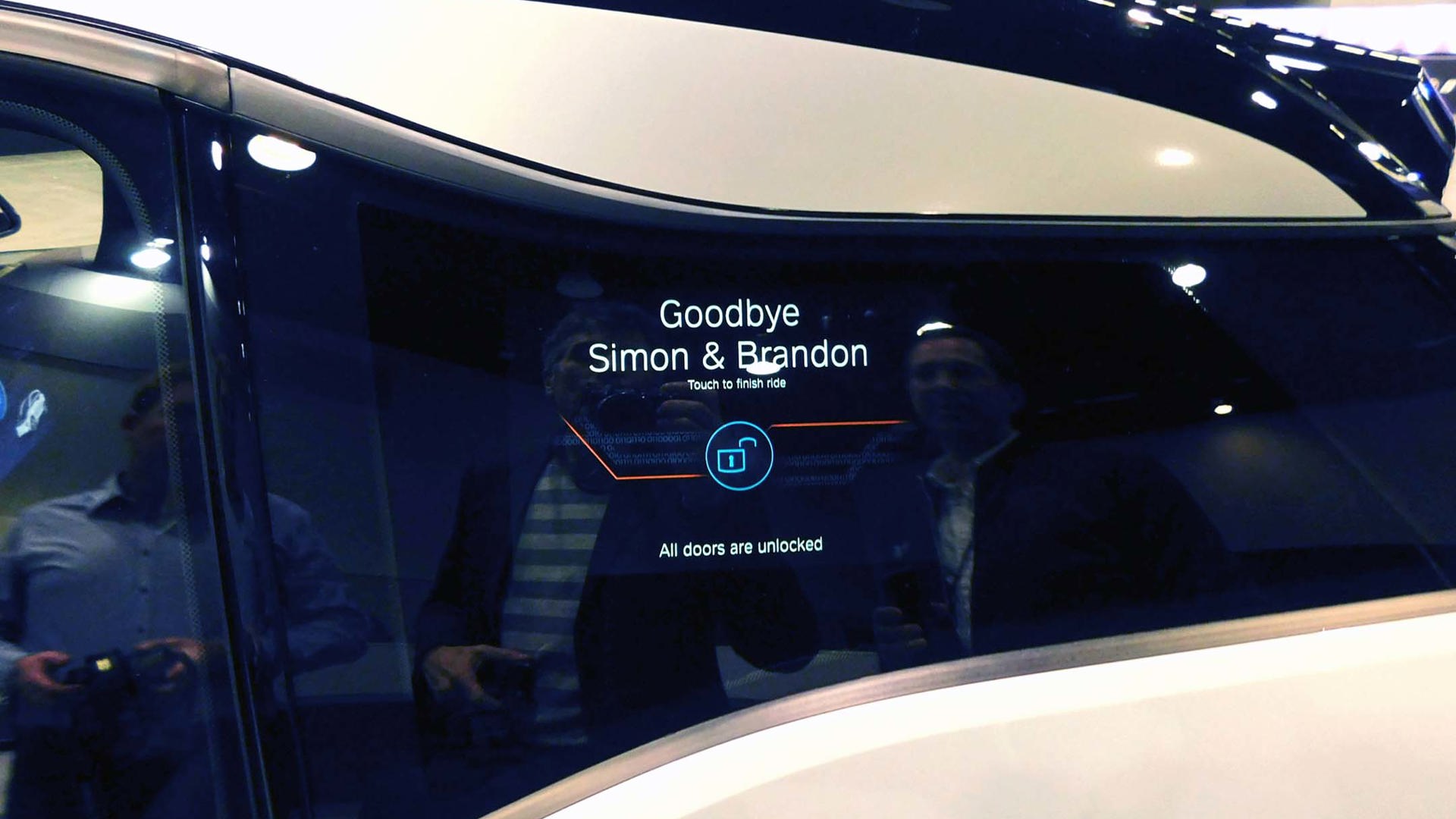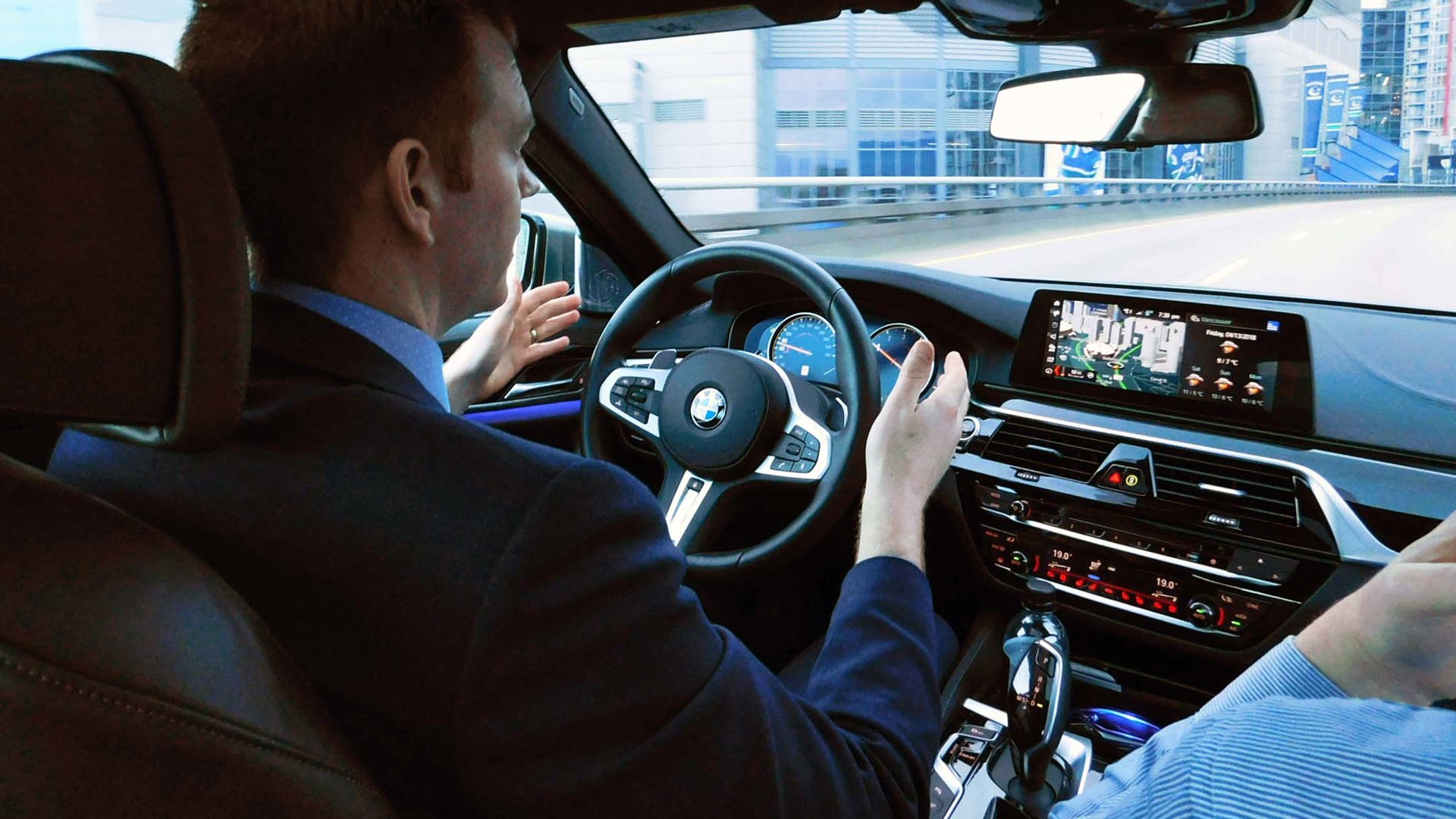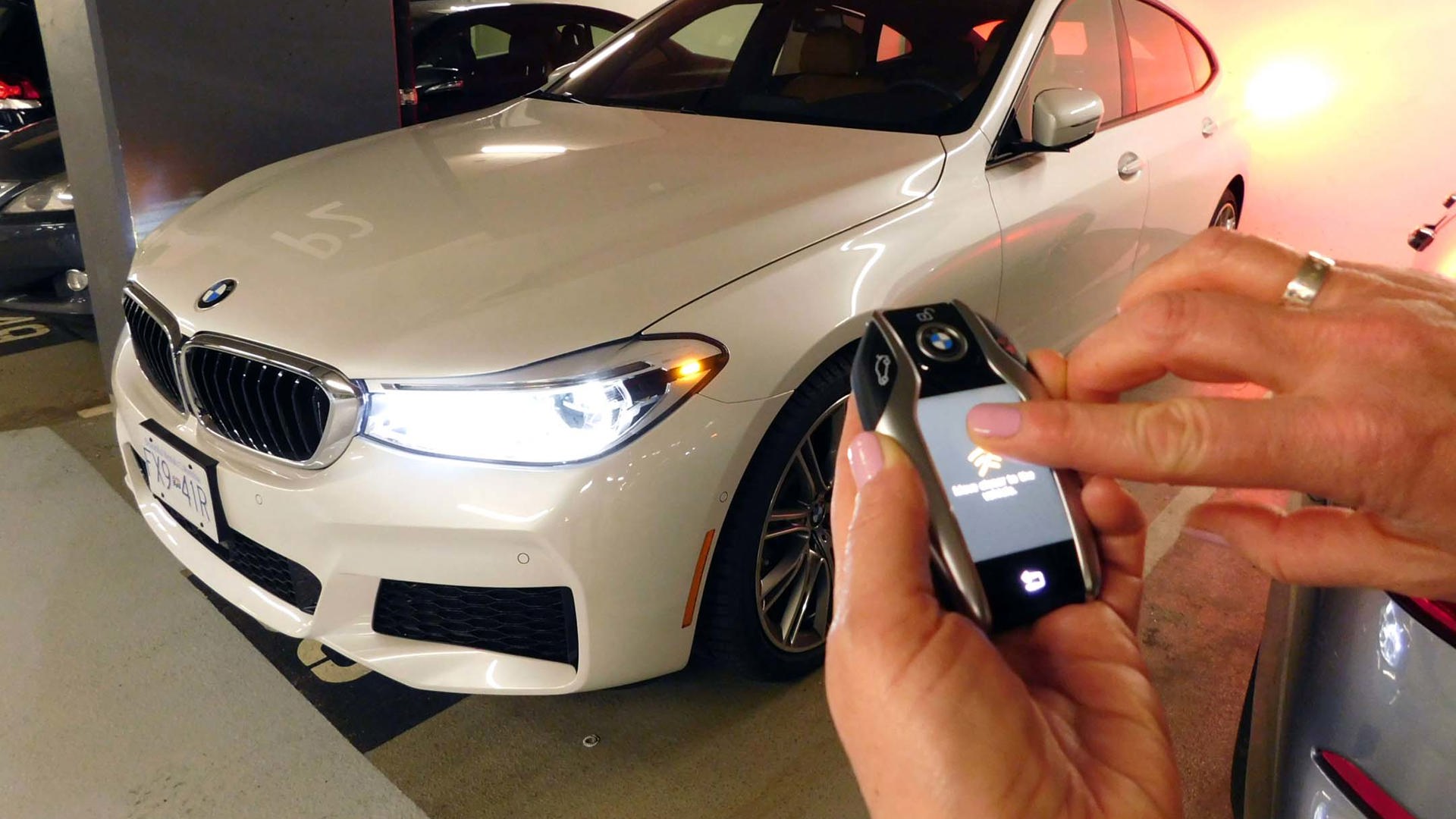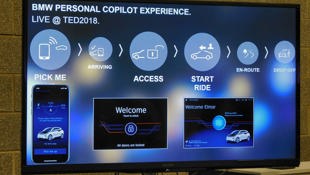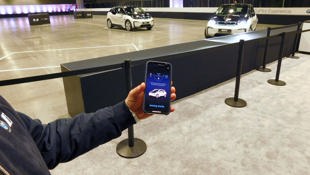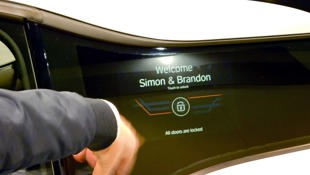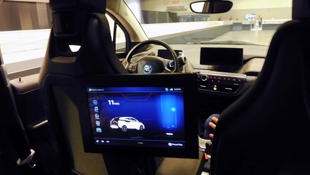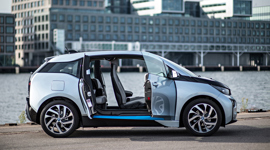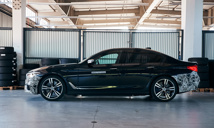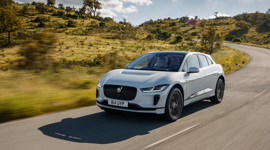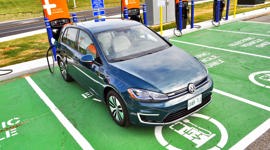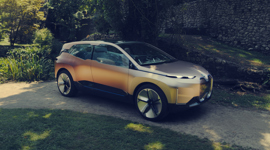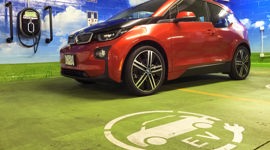Autonomous cars have been having a bit of a rough ride lately due to the fatal collision between a self-driving Uber and a pedestrian in Arizona this spring. But as BMW Group Technology Office VP Simon Euringer notes, human drivers are subject to serious driving errors far more frequently than machines are, yet it seldom makes national news. “We are accepting of human failure, but we are far less accepting of machine error,” he says.
Self-driving cars will need to demonstrate an essentially flawless safety record in order to be embraced by society, and Euringer is confident they’ll get there. Indeed, Euringer and his team are already exploring beyond the technicalities of how self-driving cars will navigate their environment, and instead turning attention to how we will control and interact with autonomous vehicles. “We all know the basics of autonomous cars, we know about cameras and sensors, we know what LIDAR is – these are the technologies of today,” he explains. “The technology of the future is how we will interact with the car.”
At the TED Conference in Vancouver, which ran April 10–14, 2018, BMW demonstrated what it calls its BMW Personal CoPilot fully autonomous driving system. “The car may be doing the driving, but someone is still in control of where it is going,” Euringer explains. “So how do we control a vehicle when we are not behind the wheel? That is what we are working on.”
Rethinking driving, parking, and even ownership
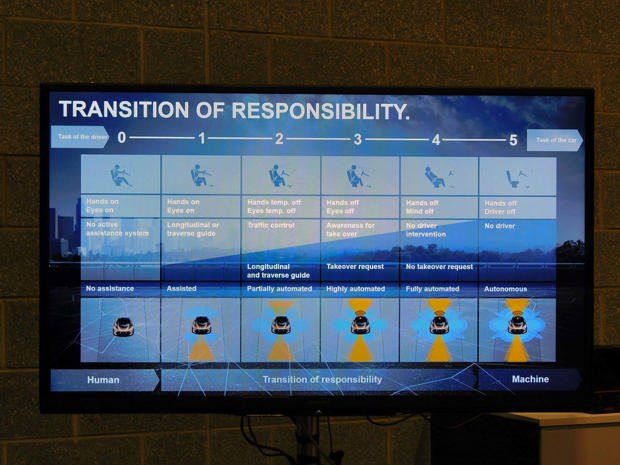
The BMW Group is already ahead of the curve when it comes to intuitive human–machine interaction and the building blocks of autonomous driving. In a brief “Technology of Today” demonstration prior to the autonomous drive, the company highlighted its existing hands-free infotainment Gesture Control, Remote Control Parking feature (useful if you’d like to exit the car before squeezing it into a small garage or tight parking spot), and Level 2 driver assistance, which combines active cruise control and an advanced lane-keeping assist system to control both the car’s speed and lane position (for short periods of time) under certain conditions.
BMW’s iNext model – developed in collaboration with Intel, Mobileye, and other partners, and due in 2021 – will add Level 3 autonomous features that allow the car to operate hands-free and eyes off the road, with the driver needed only on standby in case of a control takeover request.
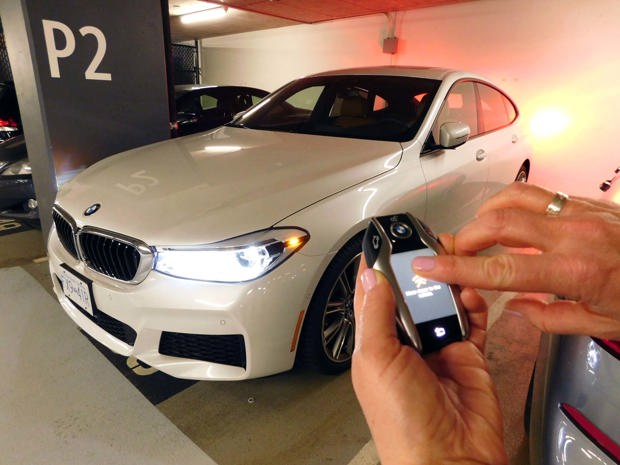
Depending on local legislation and what BMW calls “technical provisos”, iNext might also offer Level 4 automated driving by 2021, allowing the driver to take their mind off the road (even sleeping on longer journeys), with the car providing much more advance notice for any takeover requests.
Level 5 fully autonomous driving, Euringer explained, involves no driver at all and requires thinking beyond traditional models of car keys, drivers, and ownership. “When cars can drive themselves, why have parking lots taking up valuable real estate? The car can drop you off at your destination and either park in a more remote location or pick up its next passengers. It may not even be your car. When you want the car, you can use your phone to request a pick-up.”
A personalized experience
Euringer and his team at BMW’s Group Technology Office in Mountain View, CA, have turned their attention to this pick-up and authentication process. As the BMW Personal CoPilot experience demonstrates, the future may see you summoning a car – possibly your own, or possibly a fleet vehicle – using your smartphone. During the brief wait, you’d choose your destination and route, in a process similar to using Google Maps (for the demonstration drive we were on a set route, so routing wasn’t displayed).
Upon being summoned, the BMW i3 used in the demonstration pulled up to the pickup point entirely under its own command, from a short distance away. A personalized welcome screen on the rear window confirmed that it was indeed our ride, and by establishing communication with the smartphone in much the same way as many of today’s cars communicate via a remote key fob, the car confirmed we were the legitimate passengers, allowing us to unlock the doors by pressing a touchpoint on the window.
Once in the car, Euringer explained, your route and destination would normally be displayed on a touchscreen and you could change either of them on the fly. The drive is then started by pressing a touchpoint. The demonstration drive had us weave twice around a small figure-eight course before arriving at the drop-off point. The car’s speed and status are displayed on the touchscreen, and as passengers we could use the touchscreen to honk the horn, flash the lights, or pause the drive (handy, one assumes, if you spot a friend who needs a ride).
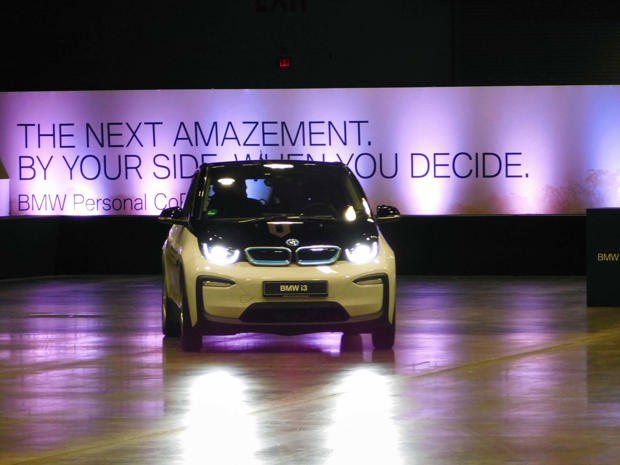
On April 11, 2018 the company celebrated the official opening of its new campus for autonomous driving in Unterschleißheim, Germany, where it will continue to develop and refine autonomous driving systems, from the research phase through to series production for all such systems.
As Euringer pointed out, autonomous technologies are at a point where they are pulling ahead of current traffic legislation, and the rules aren’t the same around the world. For example, BMW’s current Level 2 driver assistance systems allow assisted lane changes in Germany although not in Canada.
But notwithstanding setbacks such as the recent Arizona accident, BMW sees fully autonomous driving as a logical and inevitable next step.
